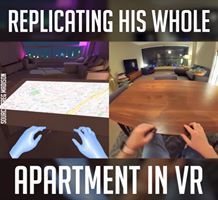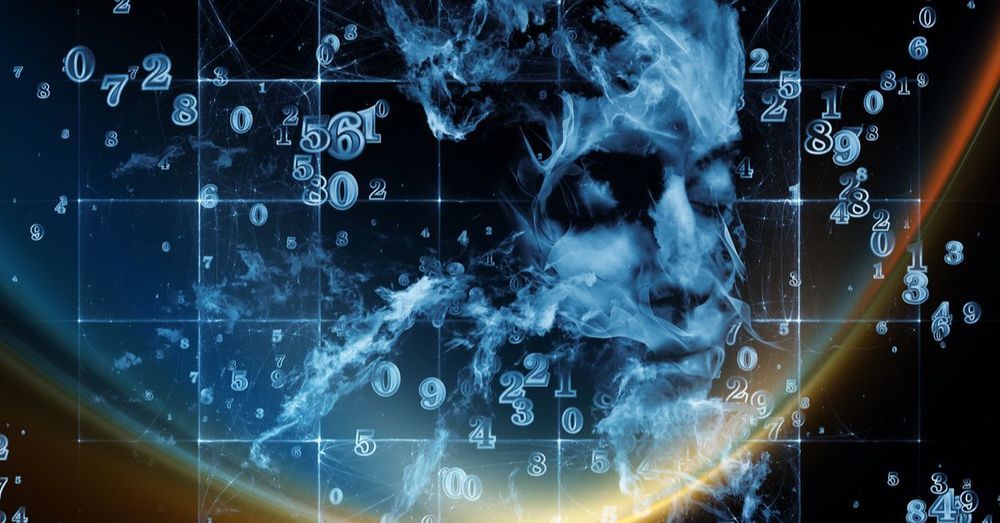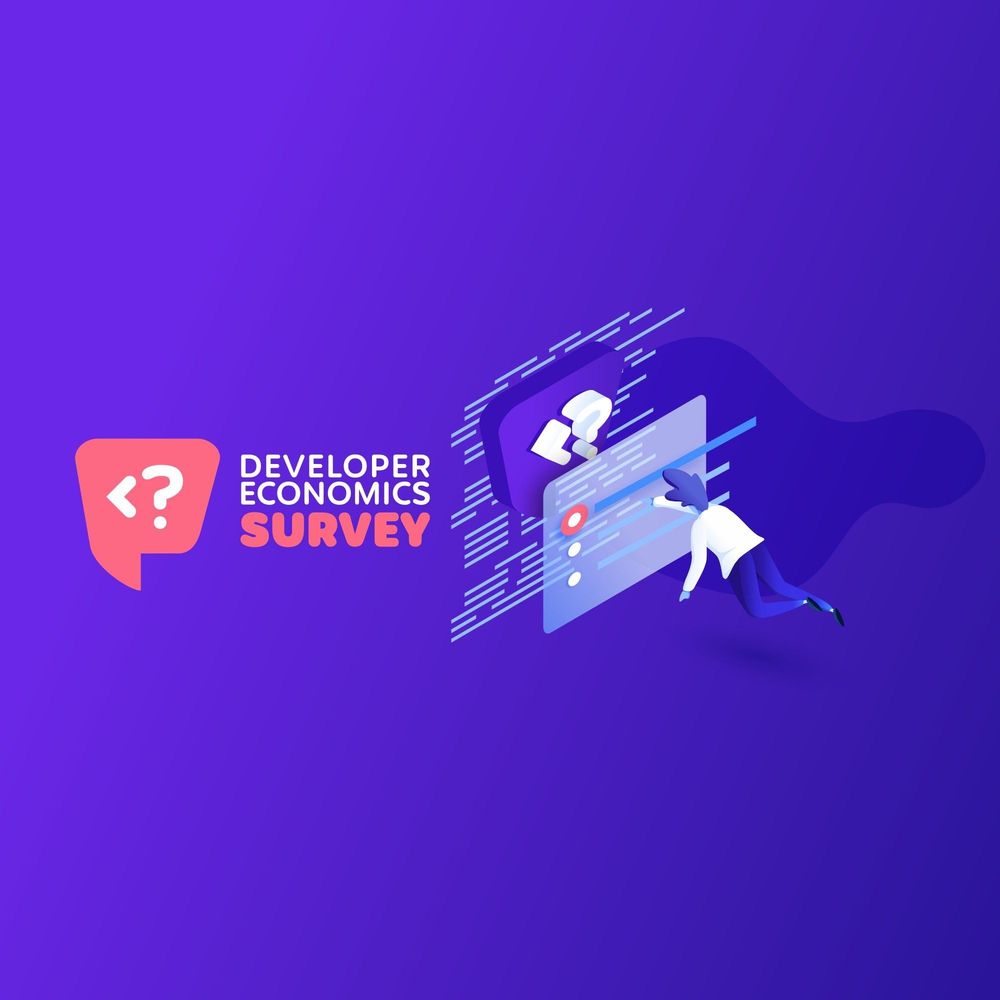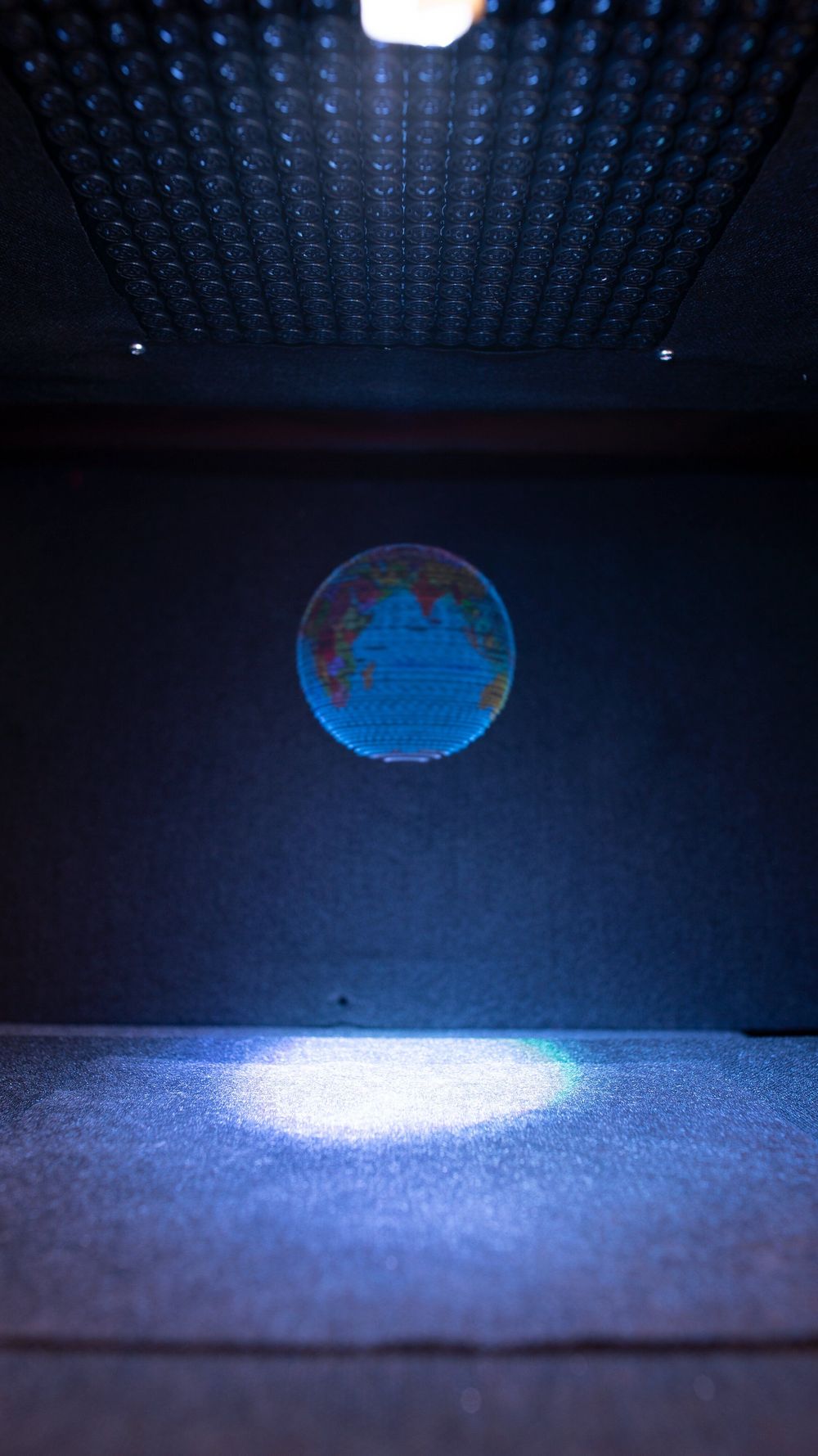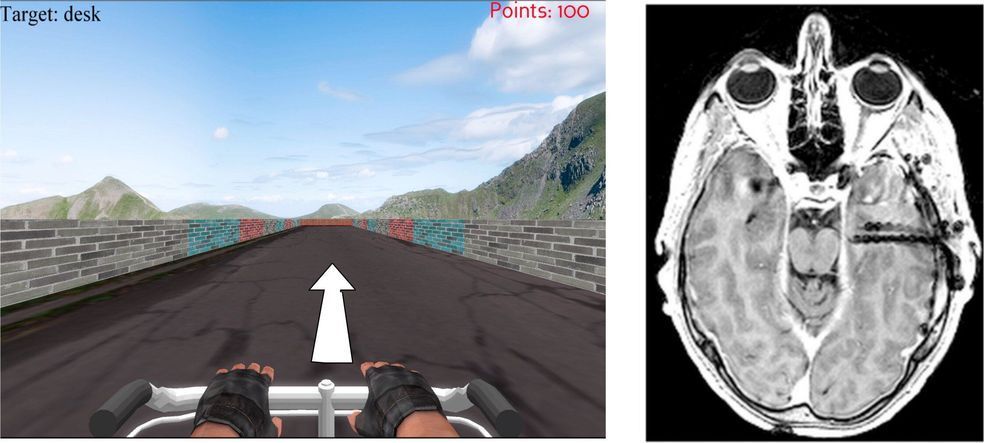Archive for the ‘virtual reality’ category: Page 51
Jan 23, 2020
NeoHuman Podcast: Evolutionary Cybernetics, Computational Physics and Consciousness Discussed
Posted by Brent Ellman in categories: augmented reality, cosmology, existential risks, physics, robotics/AI, transhumanism, virtual reality
Evolutionary cyberneticist and digital philosopher Alex M. Vikoulov, author of The Syntellect Hypothesis, is interviewed by Agah Bahari, host and producer of NeoHuman podcast.
On this recent podcast, Alex Vikoulov, author of The Syntellect Hypothesis, is interviewed by NeoHuman podcaster Agah Bahari. Topics include evolutionary cybernetics, computational physics, consciousness, the simulation theory, the transcension hypothesis, the Global mind, AGI, VR, AR, psychedelics, technological singularities, transhumanism, Fermi Paradox, Digital Physics, objective reality, philosophy of mind, the extended mind hypothesis, absolute idealism, physics of time, the Omega Point cosmology, mind-uploading, synthetic telepathy, and more.
Watch a short intro here ↴.
Jan 18, 2020
Not sure how old this video is
Posted by Dan Kummer in categories: cybercrime/malcode, information science, robotics/AI, virtual reality
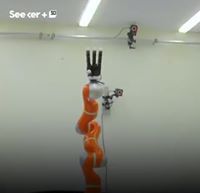
Not sure how old this video is. But, Very impressive if it is able to grab random objects at these speeds; although i suspect it needed a lot of training before.
This handy #roboticarm can be trained to catch practically anything. 🤖 💪
Looking for a job in AI & Machine Learning. Follow us for more updates or visit: https://aijobs.com/
Jan 16, 2020
360 Video: Go on a Mission With Zipline’s Delivery Drones
Posted by Genevieve Klien in categories: biotech/medical, computing, drones, mobile phones, virtual reality

With 360 video, IEEE Spectrum takes you behind the scenes with one of the world’s first drone-delivery companies. Zipline, based in California, is using drones to deliver blood to hospitals throughout Rwanda. At an operations center in Muhanga, you’ll watch as Zipline technicians assemble the modular drones, fill their cargo holds, and launch them via catapult. You’ll see a package float down from the sky above a rural hospital, and you’ll get a closeup look at Zipline’s ingenious method for capturing returning drones.
You can follow the action in a 360-degree video in three ways: 1) Watch on your computer, using your mouse to click and drag on the video; 2) watch on your phone, moving the phone around to change your view; or 3) watch on a VR headset for the full immersive experience.
Continue reading “360 Video: Go on a Mission With Zipline’s Delivery Drones” »
Dec 13, 2019
Asia’s roll-out of 5G will bring benefits across the new economy
Posted by Derick Lee in categories: augmented reality, biotech/medical, economics, internet, robotics/AI, virtual reality
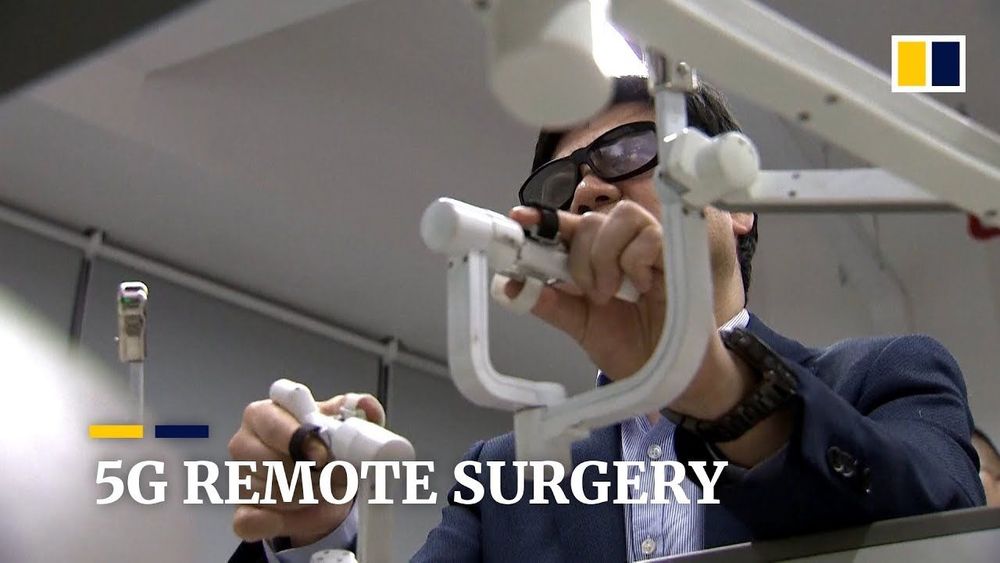
While these “moonshots” are still some years away, there are viable applications of 5G in the near term. South Korea launched the world’s first commercial 5G network in April and has seen data transfer rates rise from 50 megabits per second to over 700 Mbps. This enables the delivery of augmented reality, virtual reality and AI-enhanced real-time sports content.
With the arrival of next-generation mobile networks, new services like remote surgery will be suddenly feasible. More immediately, expect a boom in video traffic and augmented reality content.
Continue reading “Asia’s roll-out of 5G will bring benefits across the new economy” »
Dec 6, 2019
Scientists Are Contemplating a 1,000-Year Space Mission to Save Humanity
Posted by Jason Stone in categories: climatology, Elon Musk, space, sustainability, virtual reality
VR and Interstellar Travel
Crew members in route to a distant planet may best be accommodated by full immersion VR. The actual spaceship could be reduced to a relatively simple, small, well-shielded vehicle. Inside the crew’s biological material could be supported by a simplified nutrition, waste and maintenance system. Their minds could inhabit a fully immersive VR environment that would provide them with all the luxuries of vast, diverse spaces and experiences — complete with simulated gravity, simulated pleasant nature-like and artificial environments, and simulated meals.
They could also engage in simulating the type of society they intend to build once they arrive in their new physical environment, using similar constraints to the ones they will encounter. This could allow many years for actual human experiences to test and refine what they will build and how they will interact in their new home.
Continue reading “Scientists Are Contemplating a 1,000-Year Space Mission to Save Humanity” »
Dec 5, 2019
Developer Economics Survey | Developer tools, apps, design, games
Posted by Michael Lance in categories: augmented reality, economics, virtual reality
Take the Developer Economics Survey and win prizes!
The Developer Economics survey is run by independent analyst firm /Data, reaching over 40,000+ developers in 167 countries annually. It is for Software developers: professionals, hobbyists & students, working across all major areas: mobile, web, desktop, cloud, IoT, AR/VR, games, ML & data science.
Nov 26, 2019
Cows on Russian Farm Get Fitted with VR Goggles to Increase Milk Production
Posted by Gerard Bain in categories: food, sustainability, virtual reality
On a farm near Moscow, the cows are walking around with VR goggles strapped to their heads in an effort to improve their living conditions, relax them, with the ultimate goal for them to produce more milk.
Nov 14, 2019
From sci-fi to science lab: Holograms you can ‘feel’
Posted by Tracy R. Atkins in categories: holograms, science, virtual reality
Walking, talking holograms have been a staple of sci-fi films since Princess Leia was magically brought to life in “Star Wars”.
Now scientists in Britain say they can make even more realistic 3D versions—a butterfly, a globe, an emoji—which can be seen with the naked eye, heard and even felt without the need for any virtual reality systems.
Writing in the journal Nature, a team at the University of Sussex in southern England, said technology currently in use can create 3D images but they are slow, short-lived and “most importantly, rely on operating principles that cannot produce tactile and auditive content as well”.
Nov 12, 2019
Specific neurons that map memories now identified in the human brain
Posted by Paul Battista in categories: biotech/medical, engineering, neuroscience, virtual reality
An important aspect of human memory is our ability to conjure specific moments from the vast array of experiences that have occurred in any given setting. For example, if asked to recommend a tourist itinerary for a city you have visited many times, your brain somehow enables you to selectively recall and distinguish specific memories from your different trips to provide an answer.
Studies have shown that declarative memory—the kind of memory you can consciously recall like your home address or your mother’s name—relies on healthy medial temporal lobe structures in the brain, including the hippocampus and entorhinal cortex (EC). These regions are also important for spatial cognition, demonstrated by the Nobel-Prize-winning discovery of “place cells” and “grid cells” in these regions—neurons that activate to represent specific locations in the environment during navigation (akin to a GPS). However, it has not been clear if or how this “spatial map” in the brain relates to a person’s memory of events at those locations, and how neuronal activity in these regions enables us to target a particular memory for retrieval among related experiences.
A team led by neuroengineers at Columbia Engineering has found the first evidence that individual neurons in the human brain target specific memories during recall. They studied recordings in neurosurgical patients who had electrodes implanted in their brains and examined how the patients’ brain signals corresponded to their behavior while performing a virtual-reality (VR) object-location memory task. The researchers identified “memory-trace cells” whose activity was spatially tuned to the location where subjects remembered encountering specific objects. The study is published today in Nature Neuroscience.
